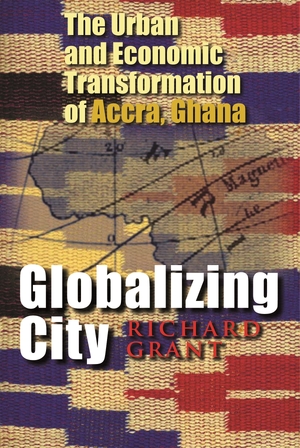"The special virtue of this book is its analysis of urban development in Iran. Kheirabadi, a geographer, discusses the formation and development of the traditional Iranian city—that is, the city before the general modernization of Iran that began after World War II—in the light of specially Iranian environmental (topography, climate, and availability of water) factors. . . . The maps and plans in the book are clear and helpful. .. . . The book will be of interest to anyone concerned with Islamic urban history or with Iranian society and culture."—International Journal of Middle East Studies
"The book is generously decorated with graphs, maps, and photographs. . . . A welcome addition to the small collection of studies on Iranian cities and the changing Middle Eastern urban systems and should be of interest to students of Middle Eastern culture, especially geographers, architects, and city planners."—Professional Geographer
"Kheirabadi presents a plausible and consistent explanation for the factors that gave shape to the traditional Iranian city. . . . A useful work for upper-division undergraduates and above."—Choice
About the Author
Masoud Kheirabadi teaches in the Department of International Studies at Portland State University and in the Social Science program at Marylhurst University. He is presently working on a book about the current processes of ubranization in Iran.
6 x 9, 152 pages, 37 black and white illustrations
July 2000



